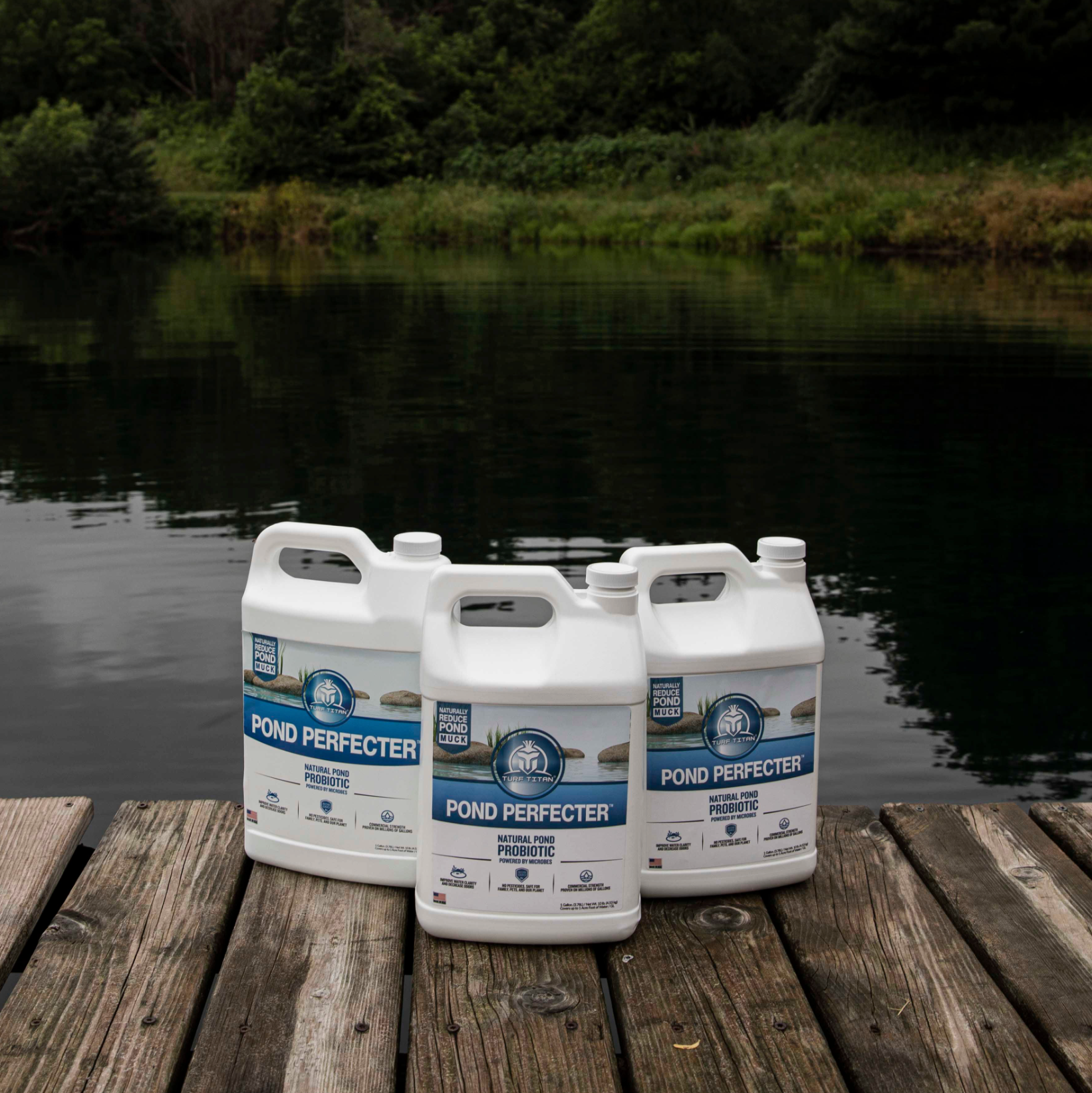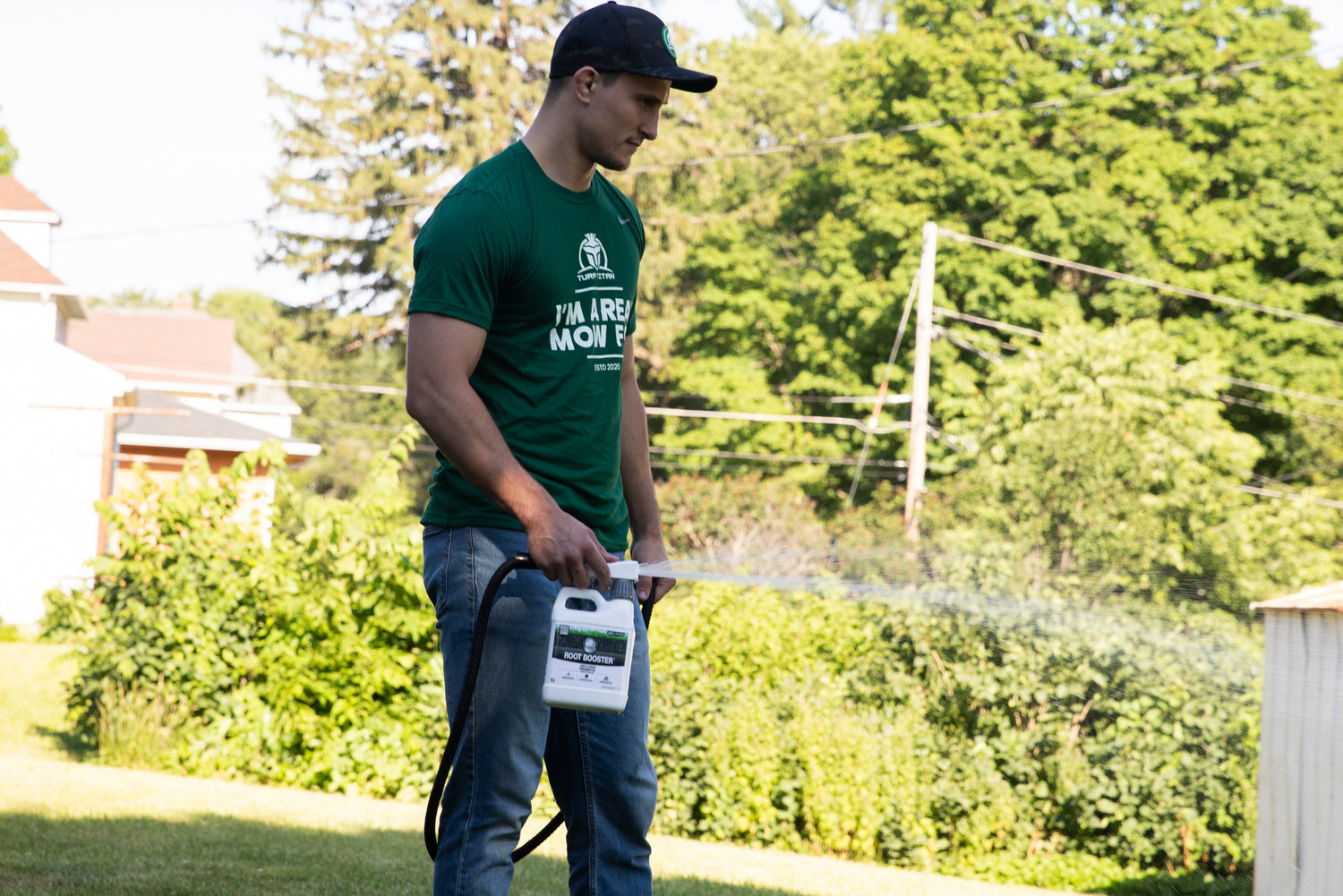Even more of an eyesore than pesky weeds, moss can make your lawn look splotchy and uneven. This stubborn growth can quickly spread and take over areas with sparse, thin grass — especially when these spots are shaded from the sun. Because it can be so persistent, the best way to control moss is to stop it before it even starts.
Although commonly blamed on low soil pH, moss growth is more often caused by factors such as too much shade and inadequate airflow, drainage, or fertility that prevent dense, healthy grass growth. So to tackle these factors that can lead to moss, follow these steps:
- Trim trees and shrubbery that cast shadows on grass to increase the amount of sunlight that reaches the lawn.
- Increase drainage and airflow through manual aeration or treatments such as Thatch Buster and Root Booster.
- Conduct a soil test so you can properly treat with fertilizer and/or lime.
If you’ve already got some problem areas, remove existing moss with a rake then reseed the bare spots.
For newly planted lawns — or areas that have just been reseeded after moss removal — you should generally wait 30-60 days before applying fertilizer so root systems can establish enough to take up the treatment. Fertilizing too soon after planting can burn the roots or simply waste the product. Once your grass has grown enough that you’ve had to mow it twice, it’s typically safe to start fertilizing.
A product such as Root Booster, however, can be sprayed at the time of planting to help with germination and root establishment.









Leave a comment
This site is protected by hCaptcha and the hCaptcha Privacy Policy and Terms of Service apply.